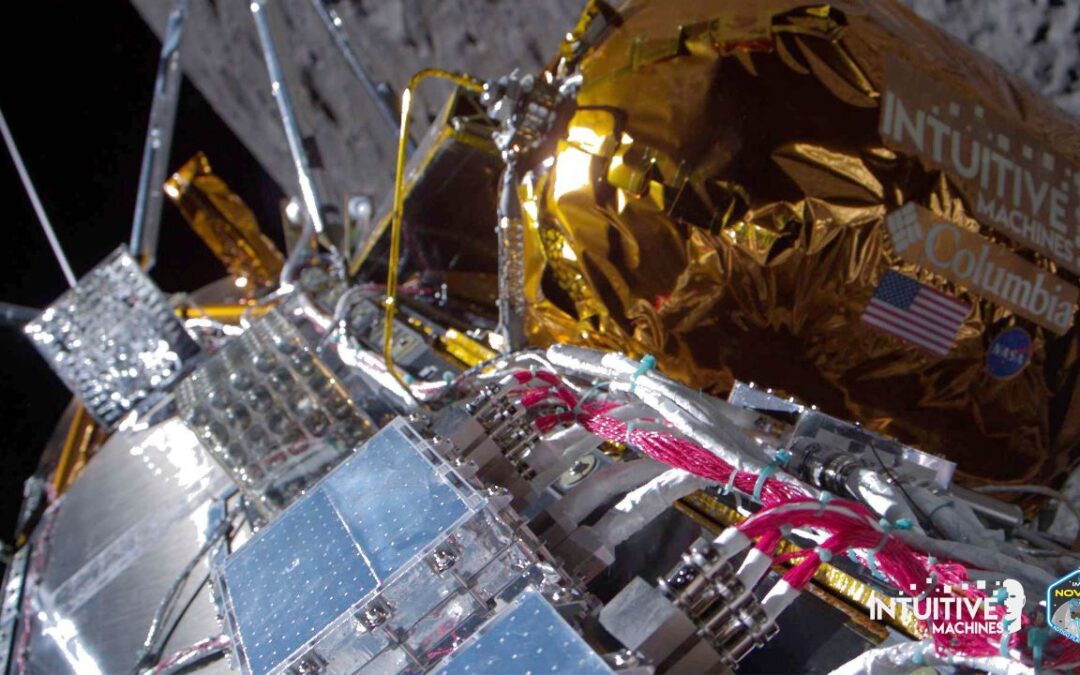“I know this was a nail-biter, but we are on the surface, and we are transmitting,” Intuitive Machines CEO Steve Altemus announced on a live webcast. “Welcome to the moon.”
The company was able to confirm that mission control received signals from the lunar surface shortly after landing. But it wasn’t until two hours later that Intuitive Machines shared that the spacecraft was “upright and starting to send data,” according to an update from the company on X, formerly known as Twitter.
The landing is a historic one, marking the first commercial spacecraft to soft-land on the moon, and the first US-made vehicle to touch down on the lunar surface since the Apollo program ended more than five decades ago. This mission is of key interest to Intuitive Machines’ primary customer, NASA, which is seeking to scout the moon using robotic explorers developed by private contractors before sending astronauts there later this decade through its Artemis program.
“Today for the first time in more than a half-century, the US has returned to the moon,” said NASA Administrator Bill Nelson. “Today is a day that shows the power and promise of NASA’s commercial partnerships. Congratulations to everyone involved in this great and daring quest.”
Odysseus landed at 6:24 p.m. ET Thursday after using its methane-fueled, onboard engine to steer itself toward the cratered surface and rapidly reduce its speed by 4,000 miles per hour (1,800 meters per second).
A couple of hours before landing, an apparent issue with Odysseus’ navigation systems forced the lander to rely on experimental technology, resulting in a “dynamic situation,” according to Gary Jordan, a NASA communications manager.
“Intuitive Machines made the decision to reassign the primary navigation sensors from Odysseus … to use the sensors on NASA’s Navigation Doppler Lidar (or NDL),” according to the webcast.
The Lidar payload is an experimental technology that aimed to test out how future landers would make more precise landings on the moon. It’s designed to shoot laser beams to the ground to give exact measurements of speed and direction of flight, according to Farzin Amzajerdian, NASA’s principal investigator for the instrument.
Quickly shifting gears allowed the mission to move forward, defying the odds.
The IM-1 mission comes amid a renewed international dash for the lunar surface. Since the end of the Soviet-US space race of the 20th century, China, India and Japan have all landed spacecraft on the moon — with the latter two making their first touchdowns within the past six months.
The phone booth-size lander spent the past week in space, traveling about 620,370 miles (1 million kilometers) through the void before placing itself in lunar orbit on Wednesday morning. A model of the spacecraft is seen below.




















